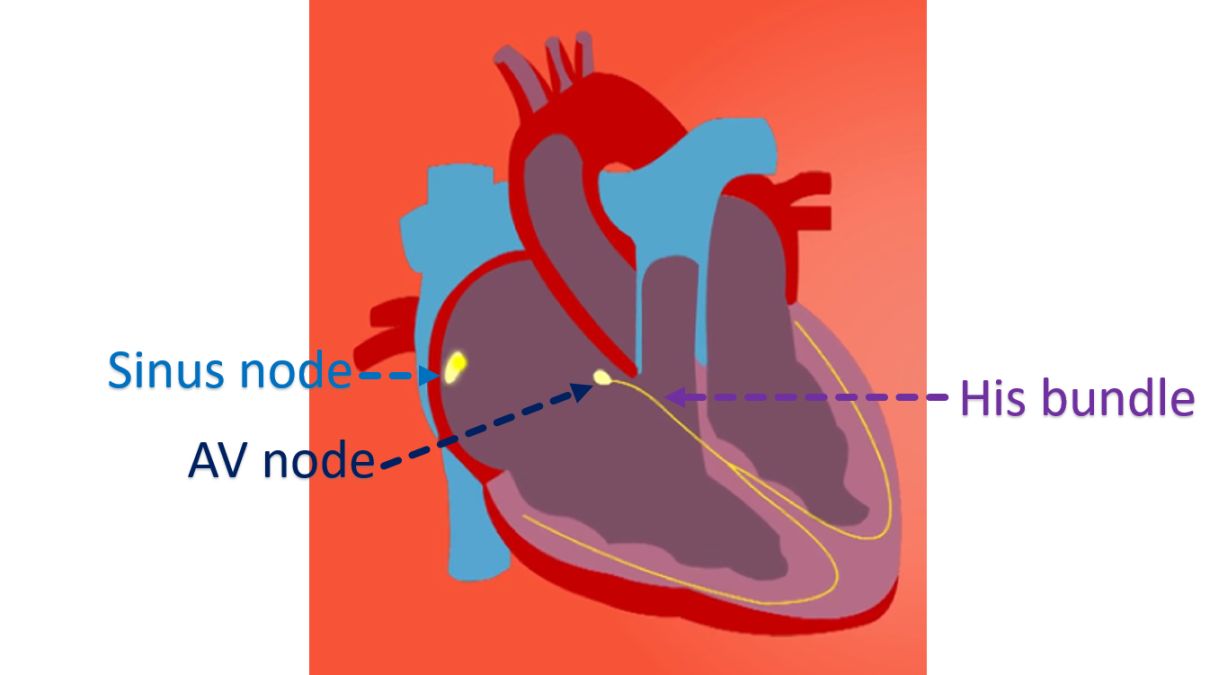What is inappropriate sinus tachycardia?
What is inappropriate sinus tachycardia?
Inappropriate sinus tachycardia (IST) is sinus tachycardia inappropriate to the situation. It is defined as sinus rates above 100 beats per minute at rest or average sinus rate above 90 beats per minute over 24 hours without an underlying cause. Sinus tachycardia is a fast rhythm originating from the sinus node, the natural pacemaker of the heart. Important secondary causes of sinus tachycardia like the use of caffeine, alcohol, nicotine, drugs of abuse like cocaine, increased function of thyroid gland, fever, anxiety, pain and other illnesses which can increase the heart rate have to be excluded before considering IST.
IST may be either asymptomatic or sometimes associated with palpitation (undue awareness of heart beats), shortness of breath, faintness, chest pain, anxiety or exercise intolerance. In addition to resting sinus tachycardia, an exaggerated response to even minimal exertion or stress are often noted in IST. A condition with similar symptoms is postural orthostatic tachycardia syndrome (POTS). But symptoms of POTS are generally induced only by getting up from lying down or sitting position while those of IST can be induced by any effort and emotional stress.
Different types of medications have been used to slow the heart rate in IST. Medications can improve the exercise tolerance of patients with IST significantly. In a study from Mayo Clinic, it was noted that about 90% of their patients with IST were females. The average age of the patients was about 33 years. In a small percentage of patients a triggering event like pregnancy or infectious illness was found. But in the majority of patients, no triggering event was noted. The study period was between 1998 to 2018. Nearly a quarter each had associated depression and anxiety. IST did not cause heart muscle disease or excess mortality. The presence of depression and anxiety in a significant number underlines the need for supportive care in addition to medications.
Historically, surgical ablation, catheter ablation of sinus node, catheter modification of sinus node and ablation of His bundle with implantation of a pacemaker were the procedures which have been tried in the past for IST still causing distressing symptoms while on medications. These procedures are seldom recommended these days. Medications and life style modifications are the main recommendations currently. Surgery could be either open heart surgery to isolate the sinus node or minimally invasive surgery. These are reserved for an occasional extreme case not amenable to medical treatment.

Catheter ablation or modification was done using small wires known as electrode catheters introduced into the blood vessels and guided to the heart using X-ray imaging techniques, in a special procedure room known as electrophysiology laboratory. While ablation totally eliminates the function of the sinus node, modification just reduces its rate. His bundle is a part of the electrical system of the heart which takes signals from the sinus node to the lower chambers of the heart. Pacemaker is a device used to give regular electrical signals to the heart when the signals from the sinus node are either absent or not reaching the lower chambers of the heart. In sinus node ablation, the signals are abolished, while in His bundle ablation, the signals cannot reach the lower chambers.


